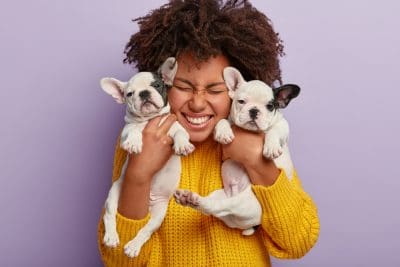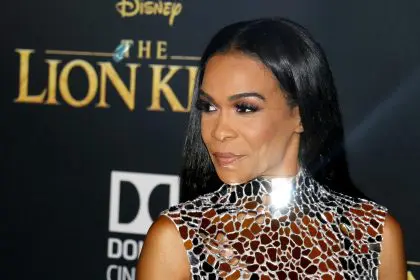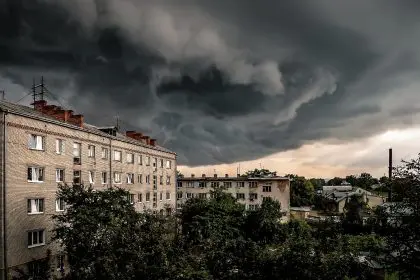Getting kicked off an airplane can be stressful, especially if you’re unaware of the triggers or consequences. This guide explores the removal process, its implications and how to avoid such scenarios during air travel.
Why passengers get removed
Flight crews remove passengers primarily due to safety concerns, disruptive behavior or policy violations. They are trained to handle various situations and can ask individuals to leave if their behavior jeopardizes others’ safety and comfort.
Disruptive behavior and aggression often lead to removal. This includes passengers who engage in loud arguments, refuse crew instructions or show aggressive tendencies. Even seemingly minor confrontations can escalate quickly in the confined space of an aircraft.
Safety protocol violations, such as refusing to wear seatbelts or ignoring device regulations, can result in immediate removal. Excessive alcohol consumption or substance use before boarding also leads to ejection. Airlines take a zero-tolerance approach to intoxicated passengers due to the potential risks during emergency situations.
Airlines may remove passengers who appear physically unfit to fly to prevent mid-flight medical emergencies. This includes individuals showing severe illness symptoms or those who may require medical attention during the flight. The high-altitude environment can exacerbate existing health conditions, making this precaution necessary.
The removal process
Flight attendants typically issue warnings first, giving passengers a chance to correct their behavior. If issues persist, the captain makes the final decision to remove someone.
The process often involves:
Initial intervention: Flight crew identifies problematic behavior and issues warnings. They document incidents and communicate with ground staff about potential removals.
Captain’s authority: Upon escalation, the captain decides whether to return to the gate or delay takeoff until resolution. This decision considers flight schedules, passenger safety and operational requirements.
Security involvement: Airport security or law enforcement may intervene depending on severity. They coordinate with airline staff to ensure safe removal while minimizing disruption to other passengers.
The experience causes significant emotional stress. Passengers often feel embarrassed, angry or confused, especially if they believe the removal was unfair. The public nature of these incidents can add to the psychological impact, particularly when other passengers record or share the events on social media.
After the removal
Missing your flight is just the beginning. Long-term consequences can include:
Airlines may deny rebooking or future service. Some carriers place disruptive passengers on their no-fly lists. These restrictions can extend across partner airlines, significantly limiting future travel options.
Legal consequences arise if law enforcement gets involved. Passengers might face charges like disorderly conduct or resisting arrest, leading to fines or jail time. Federal regulations regarding aircraft safety carry particularly severe penalties.
Financial impacts extend beyond legal fees. Passengers lose money from missed connections and often must book new flights with different airlines. Hotels, rental cars and other travel arrangements may require costly last-minute changes or cancellations.
Managing the situation
When asked to leave a flight, staying calm is crucial. Arguing with crew or law enforcement only makes things worse. Take deep breaths and maintain a professional demeanor, even if you disagree with the decision.
Cooperate with authorities even if you disagree. Resisting can result in criminal charges. Document the situation quietly if possible, noting names, times and specific details that might help your case later.
Remember your rights as a passenger. If you believe the removal was unjust, file complaints with the airline or Federal Aviation Administration afterward. Consider consulting legal counsel if you believe discrimination or unfair treatment occurred.
Prevention strategies
Most removals are preventable. Follow these guidelines to ensure a smooth flight:
Follow crew instructions: Comply with all guidelines, no matter how minor they seem. Flight crews prioritize passenger safety and have extensive training in identifying potential issues before they escalate.
Monitor alcohol consumption: Limit drinking before and during flights to avoid becoming disruptive. Remember that alcohol’s effects intensify at higher altitudes, and dehydration during air travel can amplify intoxication.
Consider your health: Reschedule if you feel unwell. It’s better than risking removal or experiencing medical issues mid-flight. Consult your healthcare provider about fitness to fly if you have ongoing health concerns.
Handle conflicts professionally: Address problems diplomatically with other passengers or airline staff. Use the flight attendant call button for assistance rather than confronting others directly.
Conclusion
Getting removed from a flight disrupts travel plans and creates emotional stress, but passengers can usually avoid it by following basic etiquette and airline policies. Understanding the process, consequences and appropriate responses helps ensure smoother travel experiences. When faced with potential removal, remaining calm and cooperative often prevents further complications.
The aviation industry’s priority remains passenger safety, and while removal situations are unfortunate, they serve an important purpose in maintaining secure and comfortable air travel for everyone. By staying informed and practicing considerate behavior, travelers can significantly reduce their risk of removal and enjoy more reliable air travel experiences.
This story was created using AI technology.









